The key of how to Care for Succulents and propagation is to replicate their native habitats, typically warm, arid, and receive little rainfall (under 20 inches a year).
Finally, theirs is a manual for those who have never considered cultivating a green thumb until now.
It’s likely that your indoor greenery will find you when you’re least expecting it: as gifts or stealing your attention as you stroll through a local market,.” Whether you received a jade plant as a gift or purchased an echeveria at the store, it’s critical to understand how to care for succulents.
Continue reading to learn how to keep your plants happy and healthy.
Sun and shade
Succulents require approximately six hours of direct sunlight per day, depending on the succulent. Because newly planted succulents are susceptible to scorching in direct sunlight, you may need to gradually expose them to full sun or provide shade with a sheer curtain.
Non-native cacti at the Desert Botanical Garden in Phoenix are protected from frost and the scorching sun by a shade structure.
Succulents prefer bright or dappled shade for most of the day, with only a half-day of direct sunlight. Remember that the amount and duration of daylight vary with latitude and elevation, seasons, and the garden’s various orientations and placements throughout the growing season.
A succulent that can tolerate full-day sun in California may scorch in Arizona in less than 30 minutes.
Native to the Southwest, such as cacti and yuccas and South African aloes, are among the plants that need more sun to bloom and will not do so if not provided with it.
All plants should be hardened-off (introduced gradually) to greater sun exposure if grown in low light or a greenhouse. Succulents, for example, require adequate light for balanced growth (so they don’t stretch).
It would be best if you keep the following in mind:
- Sunburn is visible as brown or beige patches on the leaves, and if severe, it can cause the plant to die.
- A few can’t handle full sun, like sansevierias and haworthias, which make excellent houseplants.
- To avoid overexposure, variegated (striped) succulents prefer a dimmer environment.
The best time for your plant to receive sunlight is during morning hours when there is less heat and humidity in the air; otherwise, you should place them near a window where they will get indirect sunlight throughout the day. You can also provide artificial lighting by using fluorescent bulbs or fluorescent tubes. These bulbs work well with low light conditions and give plenty of light without wasting energy as incandescent bulbs (they also come in warmer colors).
Temperature
Succulents’ roots may rot if the soil is too wet, even though they can usually tolerate more rain than they would in their natural habitat.
Few succulents can handle temperatures below 32 degrees Fahrenheit for long periods in the open air. Stonecrops and hens and chicks (Sempervivum sp.) are the most common cold-hardy varieties, as are fine-leaved, perennial stonecrops (Sedum sp.).
Your plant’s ideal temperature range would be around 70 degrees Fahrenheit/21 degrees Celsius at night and 80 degrees Fahrenheit/26 degrees Celsius during daytime hours, so make sure to keep an eye on this if you live in a hot area such as Phoenix, Arizona!
Rotate Succulents frequently
Succulents prefer direct sunlight, but if you leave yours in the same spot every day, only one side of the plant may receive enough illumination. They need rotating the plant frequently.
When you turn your succulents, they’ll be able to stand up straight. If they’re leaning over, it could signify that they need to move to a brighter area.
Seasonal Watering Requirements
Succulents, like humans, require more energy during periods of growth. Plants use a lot more water in the spring, Summer, and fall than they do in the fall and winter.
In Langton and Ray’s method, you should test the soil with your finger and water it when the top 1.25 inches of soil are dry. If you don’t allow the soil to dry completely between waterings, you risk killing your succulents.
Direct Soil Watering
Once a week in Summer, twice a month in spring and fall, and monthly in winter is the general rule of thumb for watering succulents. Succulents need good drainage and a dry environment to thrive.
Succulents rely on their reservoirs of moisture when they are neglected. Roots may desiccate and stop growing if the soil dries out completely. It is best to keep the soil as moist as a wrung-out sponge for succulents capable of root regeneration when the rains return.
Consider the following factors when adjusting the water intake:
- The kind of soil and its depth
- Observation of the seasons
- Humidity relative
- The amount of time spent in the sun
- Infra-red radiation
- This plant’s species.
Succulents need to be watered until the drainage holes are dry. In the absence of drainage holes, use a smaller amount of water. A spray bottle can cause brittle roots and moldy leaves on succulents, so refrain from misting your plants. Alternatively, you can submerge the pots in water and let the water drain out the drainage hole. As soon as the soil reaches the top layer and begins to swell, remove it from the pan.
Keep your Succulents clean
Eventually, dust will accumulate on the surface of your indoor plants, which can impede their growth. Make use of a soft paintbrush to get into the hard-to-reach areas of the leaves and spines with a damp cloth.
Container with a Drainage Hole
Drainage is essential to keep succulents from rotting because they don’t like sitting in waterlogged soil. It’s necessary to have a drainage hole in your container so that it can drain excess water away. Using terra-cotta pots is a good starting point for newbies.
Click here to read more about Pot ideas.
Soil and drainage
Regular potting soil or soil from your yard won’t work for succulents because they require soil that drains well. Consider using cactus soil, pumice, or perlite in your potting soil mix. When repotting succulents, be careful not to damage the delicate roots.
Like a volcanic rock, pumice absorbs moisture and improves air circulation.
The best soil for succulents is a coarse, fast-draining mixture, whether grown in the ground or containers. Making your cactus mix is less expensive than buying it pre-bagged.
Regardless of where you live or even what type of soil you have in your backyard, the basic formula for in-ground planting is:
- One-third of the soil in the garden
- compost accounts for one-third of the total.
- One-third pumice stone
Make sure to use sharp (large-grained) sand, such as decomposed granite, instead of compost in desert succulent gardens. Using raised beds or mounded soil to avoid root stagnation is a good strategy if your native soil drains poorly (typical of clay).
To use in pots, combine half of any bagged potting soil with pumice. If you want to grow cacti, you should use more pumice, while fine-leaved succulents, like sedums, should use less.
Pest control
Indoor succulents should be free of pests, but you may have to deal with bugs from time to time. Soil that is too wet and lacks proper drainage attracts gnats to succulents.
Spray the soil with 70% isopropyl alcohol to get rid of eggs and larvae. Aside from aphids, mealybugs are another problem for succulent growers. Mealybugs are commonly caused by overwatering and overfertilizing.
Spray the infected plants with 70% isopropyl alcohol and move them away from other succulents.
Succulents can be kept free of pests by allowing them to breathe. Aphids, thrips, scale, and mealybugs (which look like lint) prefer flower buds, stems, and leaf axils, respectively.
Using rubbing alcohol diluted in water, squirt 70 percent of the solution on the pests. Scale can be scraped off, but if it persists, use horticultural soap (not dish soap) and horticultural oil to remove it altogether.
To prevent the pests from spreading, remove any infected plants as soon as possible and thoroughly clean the area.
Mold can be a problem in humid climates, so try to keep your succulents as dry as possible.
Try re-establishing your plants with cuttings from healthy plants if pests appear to be winning. Before reusing the pot, remove the diseased plant and all of its soil.
Fertilize Succulents in the Summer
Succulents do not require much fertilizer, but you can give them light feedings during the spring and summer growing seasons. Take care not to overfertilize your succulent—this will cause it to grow too quickly and become weak.
Dilute half the strength of a balanced liquid fertilizer and apply it once or twice during the spring (or autumn for summer-dormant varieties such as senecios and aeoniums).
Read our suggestion for succulents fertilizer here.
Can't grow succulents outdoors where you live?
Coastal California from the San Francisco Bay Area south is the banana belt for year-round outdoor cultivation of succulents. You can, however, grow any succulents you like, even if you live in a place that doesn’t have the ideal conditions for some varieties.
Because succulents have shallow roots, they do best in containers that can be moved and protected when the weather becomes too hot, too cold, or too wet. When their roots are constrained, even potentially massive succulents tend to remain small.
Succulents can thrive on an outdoor countertop at your home if you prefer not to grow them in the garden.
How often do you water the succulent?
It is essential to keep your succulent healthy, and hydrated. If you water the succulents every day, they will be too wet and likely rot. However, if you only water it once a week or less, it may not receive enough moisture and wilt.
If you're unsure how often to water your succulents, feel free to experiment with different watering schedules. The best time to water your plant is in the morning, when the soil is moist but not saturated.
How do you care for indoor succulents?
Succulents are plants that have a unique design which is why they need specific care. They have different watering requirements as well as light and temperature needs.
Do succulents need direct sunlight?
Succulents are plants that have adapted to thrive in areas with low light levels, which is why they are so popular.
However, succulents don't need direct sunlight to survive. They also need some water every day, so make sure you provide them with a saucer or shallow dish of water near their roots.
How do you keep a potted succulent alive?
A potted succulent is a plant that has been grown in soil or another substrate, such as an epoxy or hydrocolloid.
To keep your succulent alive and healthy, it's essential to:
• Keep the soil moist and not allow it to dry out completely.
• Feed your plant with fertilizer and water often enough so that the roots don't rot.
• If you notice the leaves turning yellow or brown, cut them off at the base and repot in fresh soil.
Is there a difference between low light, high light, and full sun conditions for succulents?
The difference between low light, high light, and full sun conditions for succulents is that they require different levels of light.
Low light: Low-light environments are those in which the plants receive little or no direct sunlight. Examples of low-light locations include indoors, a greenhouse, a window box with no direct sunlight, and under a tree canopy.
High light: High-light environments are those in which the plants receive at least six hours of direct sunlight each day. These types of places include an outdoor garden bed where the sun shines brightly during part of the day and a greenhouse with large windows.
Full sun: Full-sun environments are those in which the plants receive all day long without interruption from any other type of lighting sources such as an indoor garden or greenhouse with natural daylight coming through windows or fluorescent lights.
What kind of lights should I use for my succulent?
Lights are the essential element in any indoor or outdoor gardening setup. They are used to stimulate growth, change color, make your plants bloom,

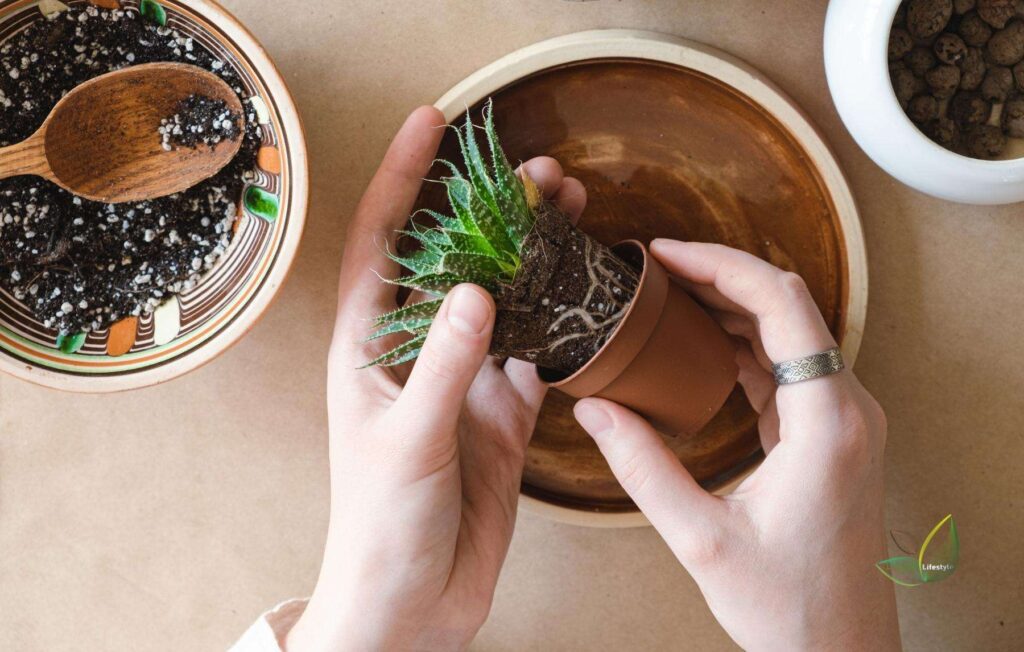
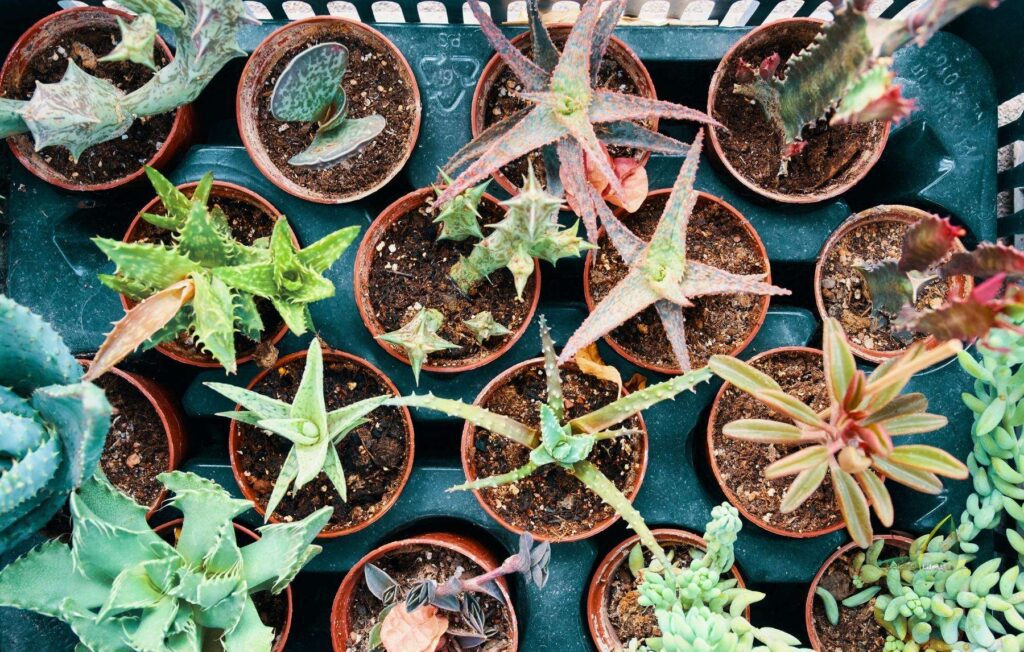
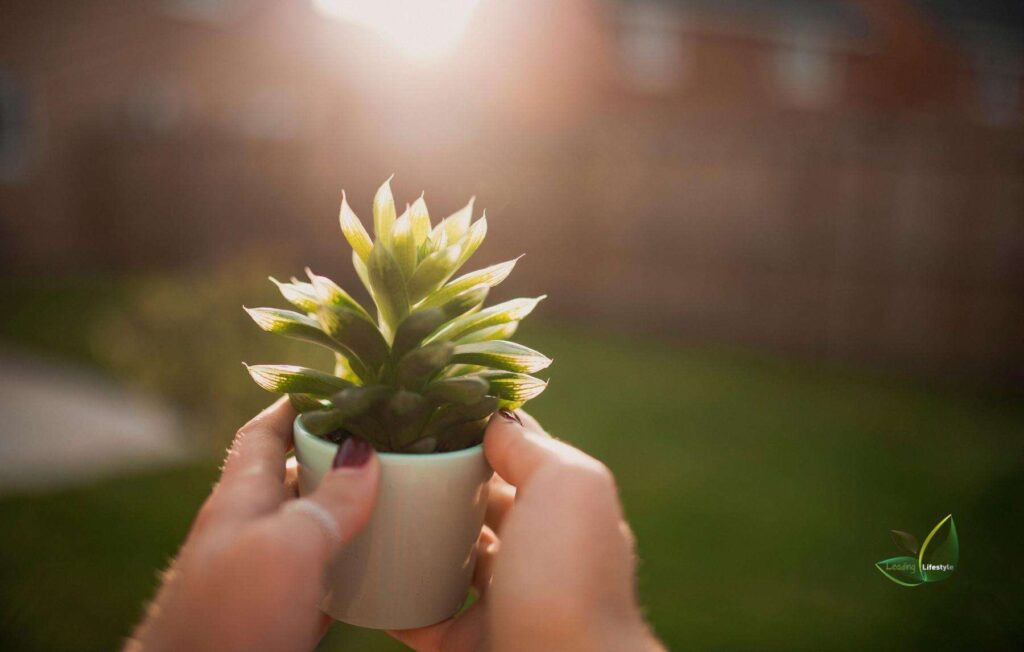
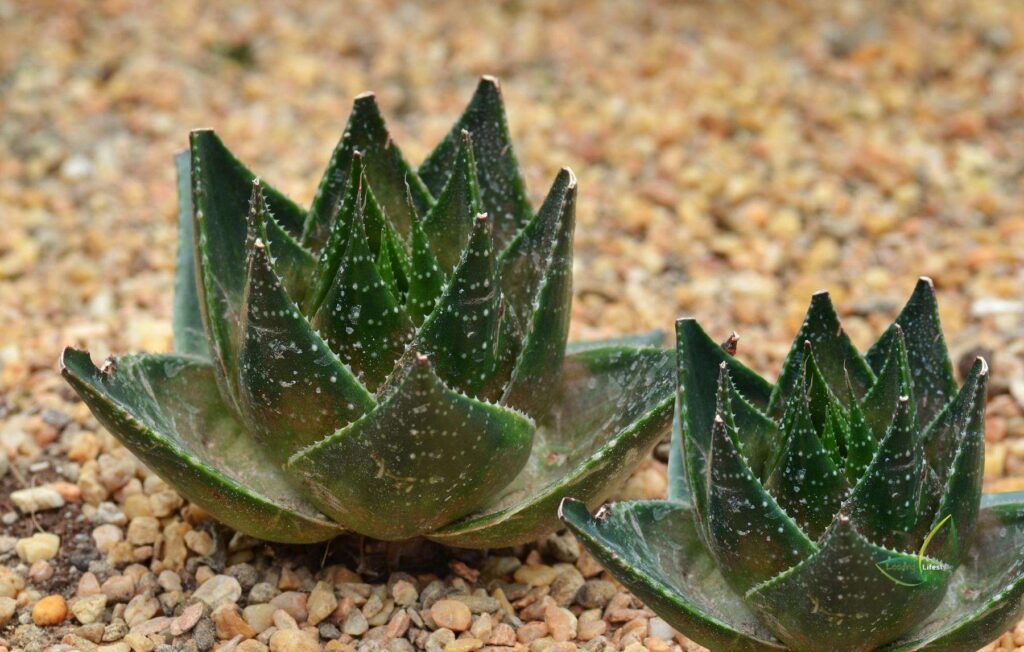
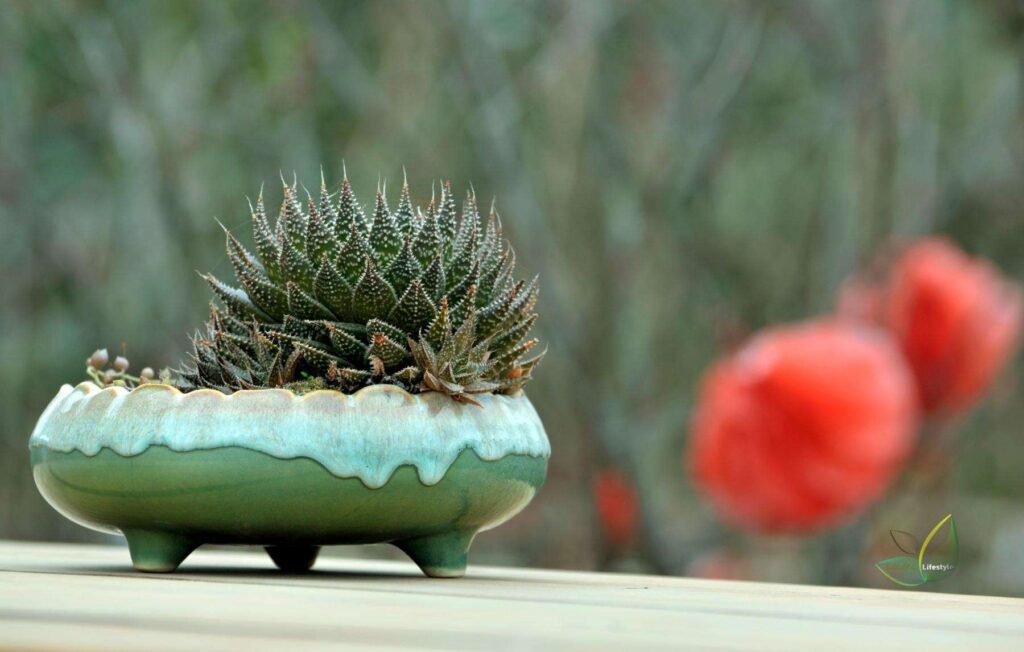
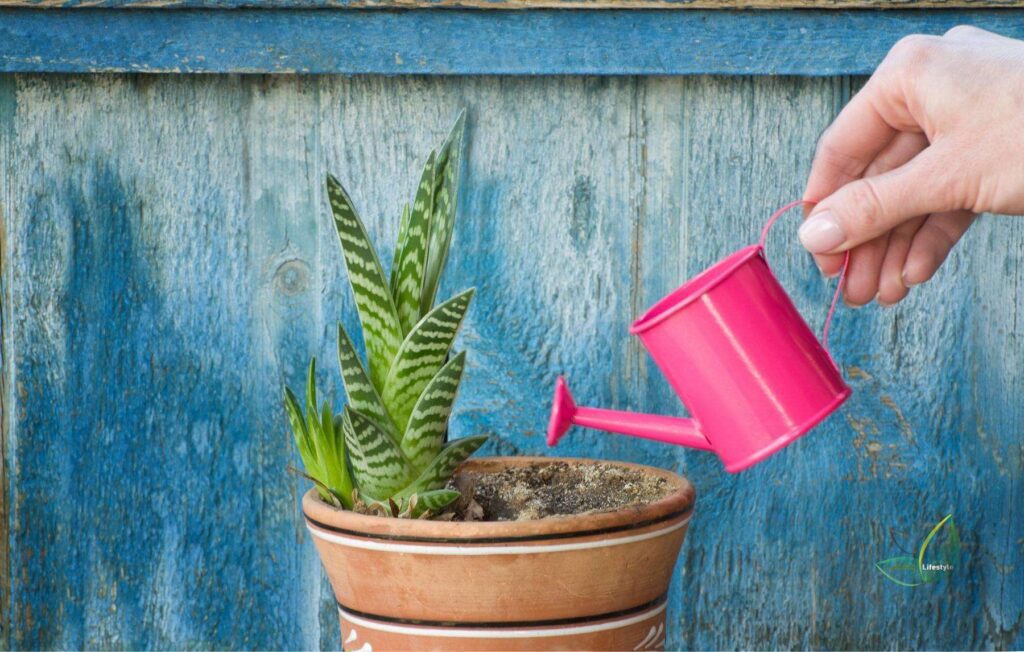
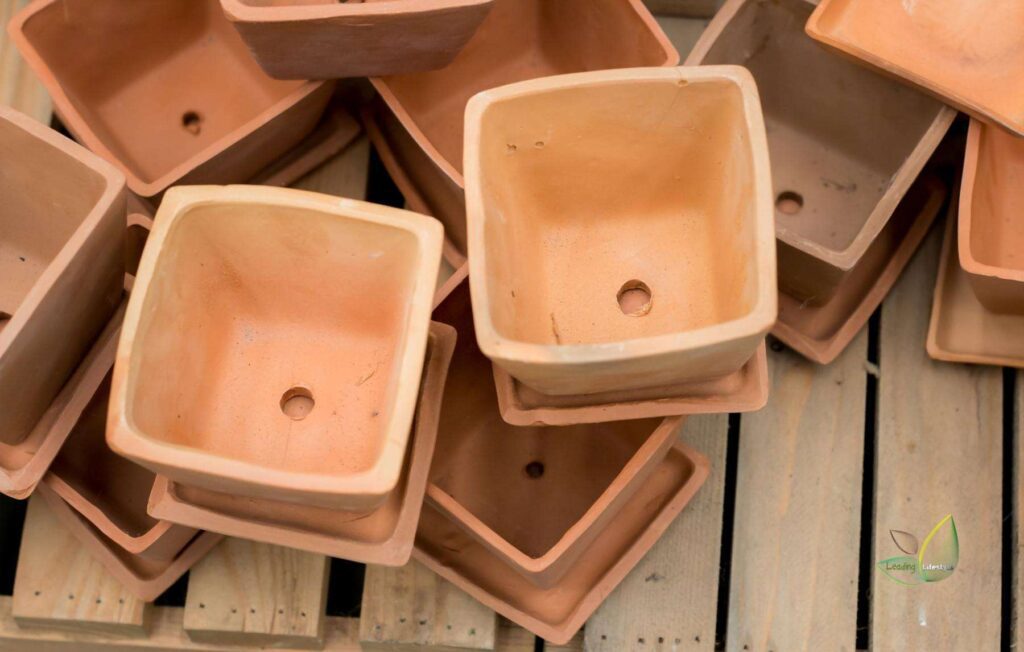
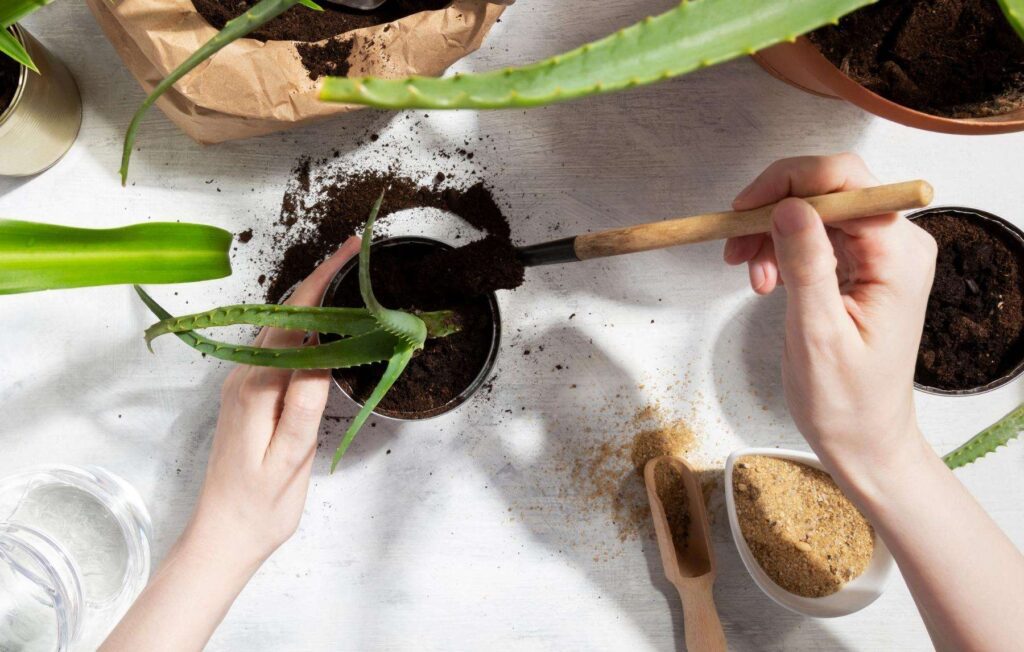

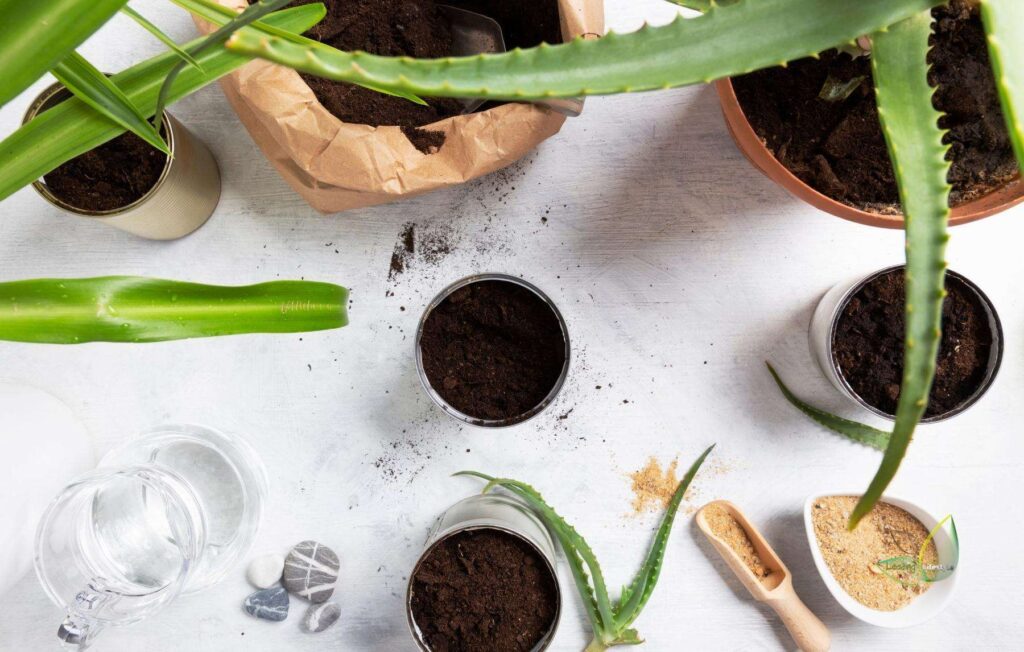
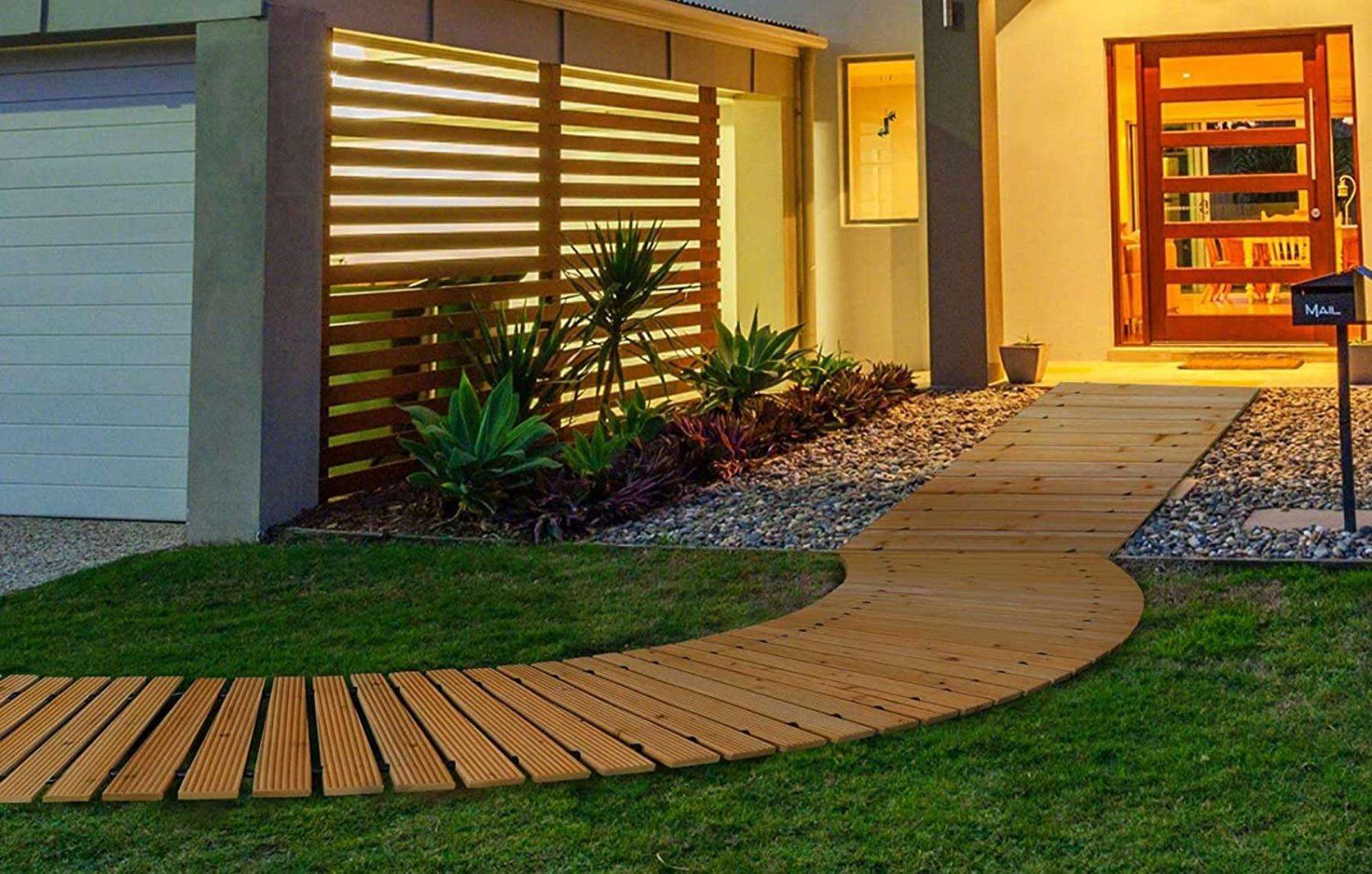
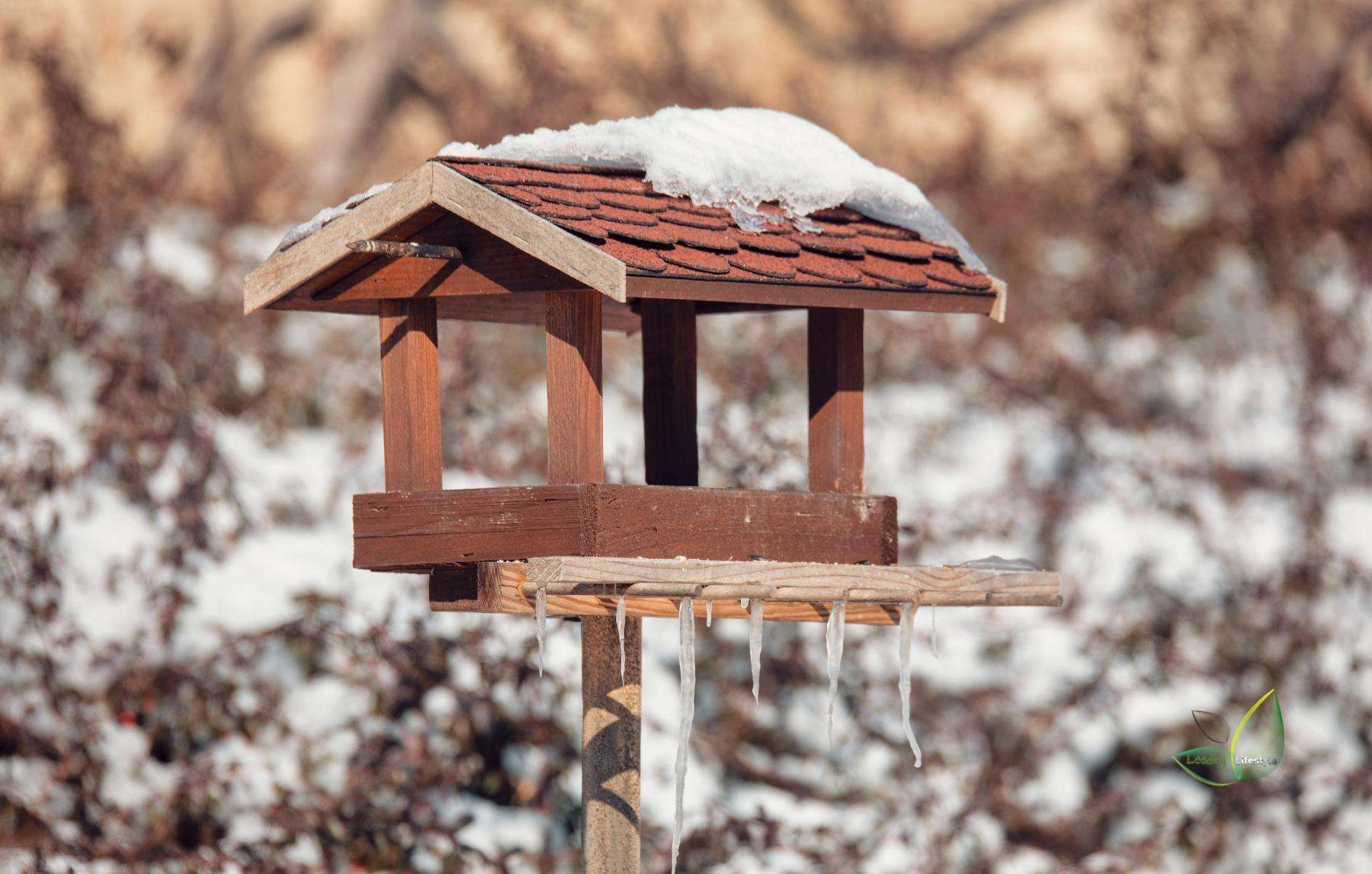
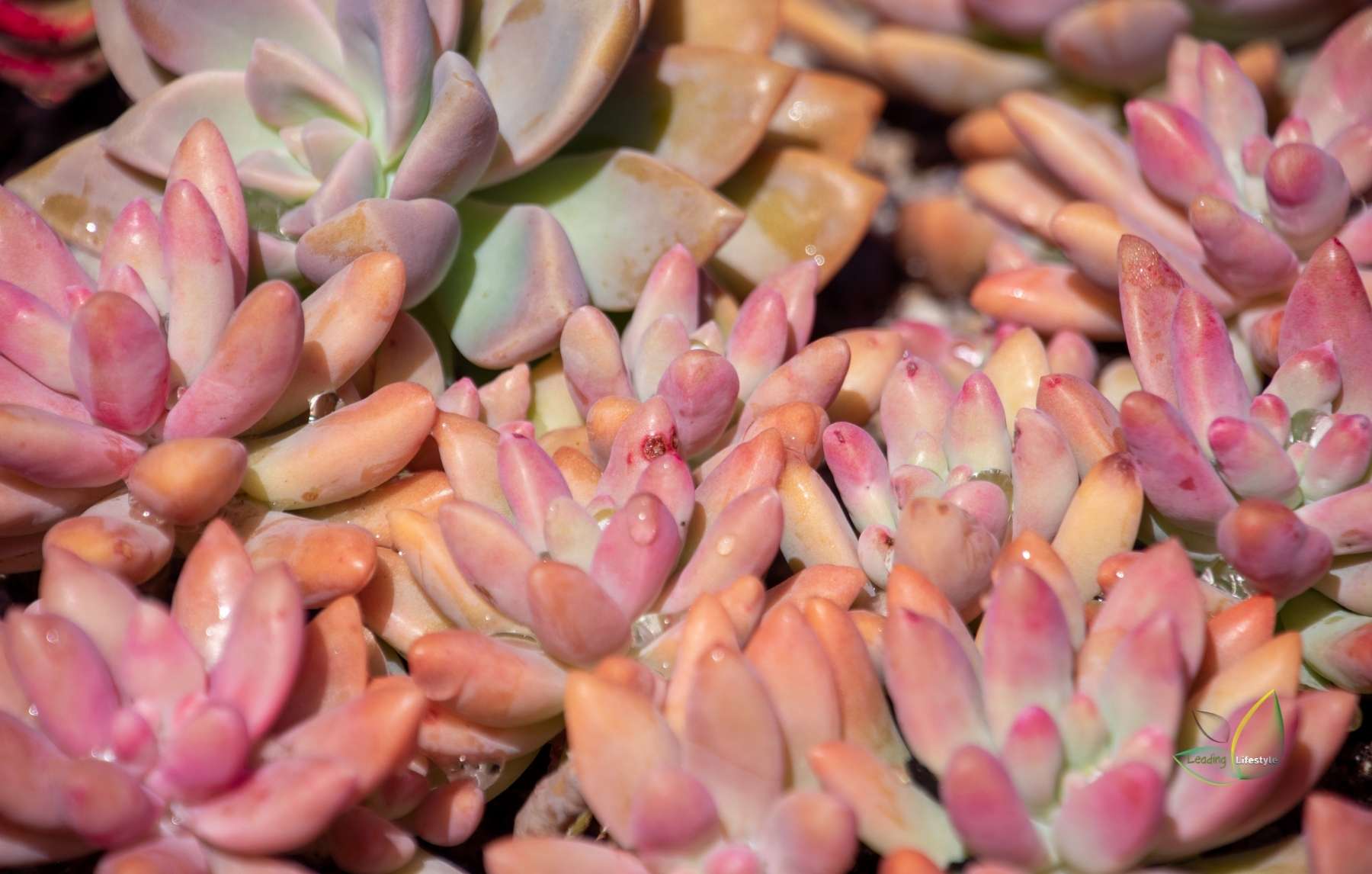
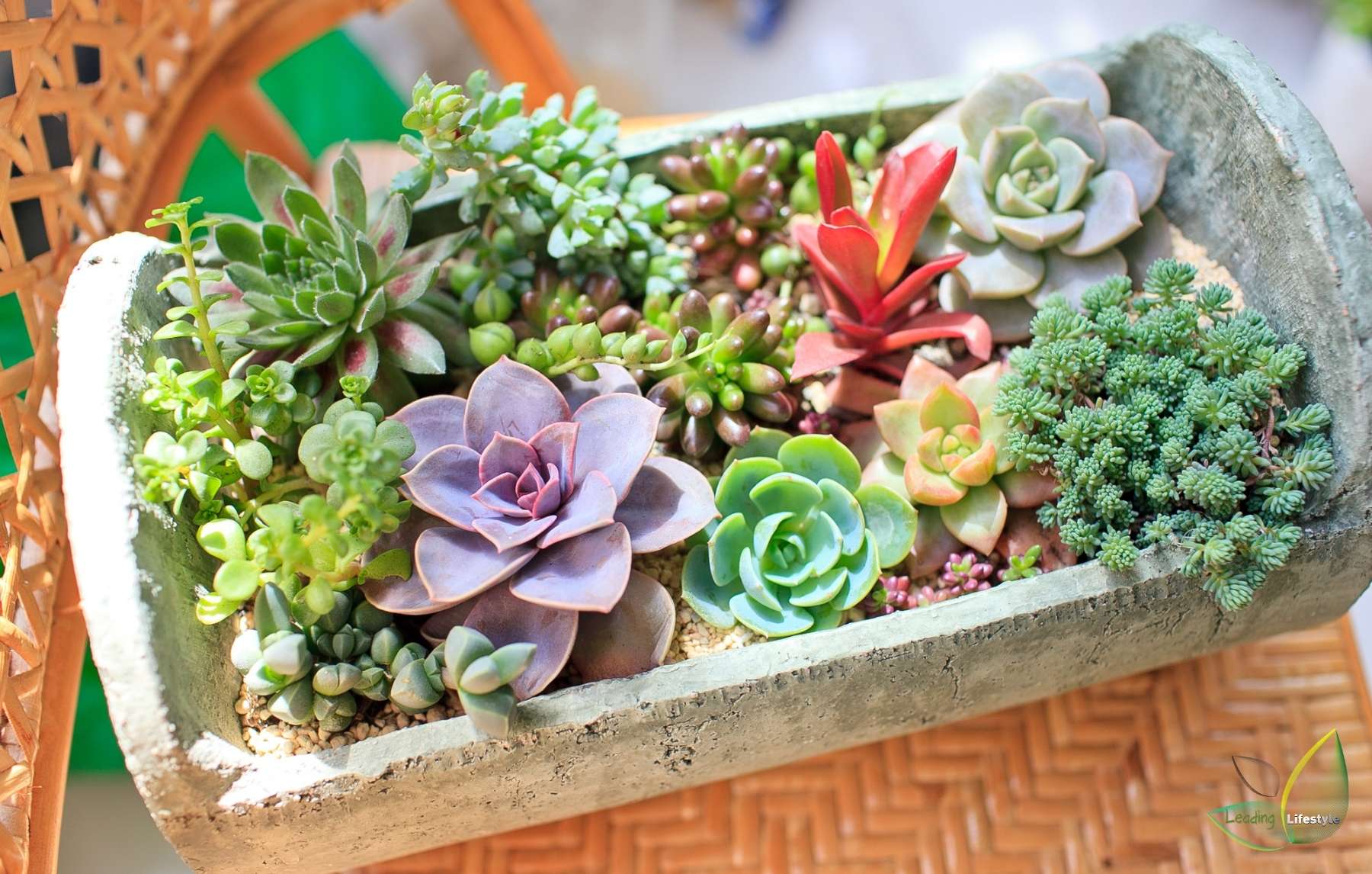
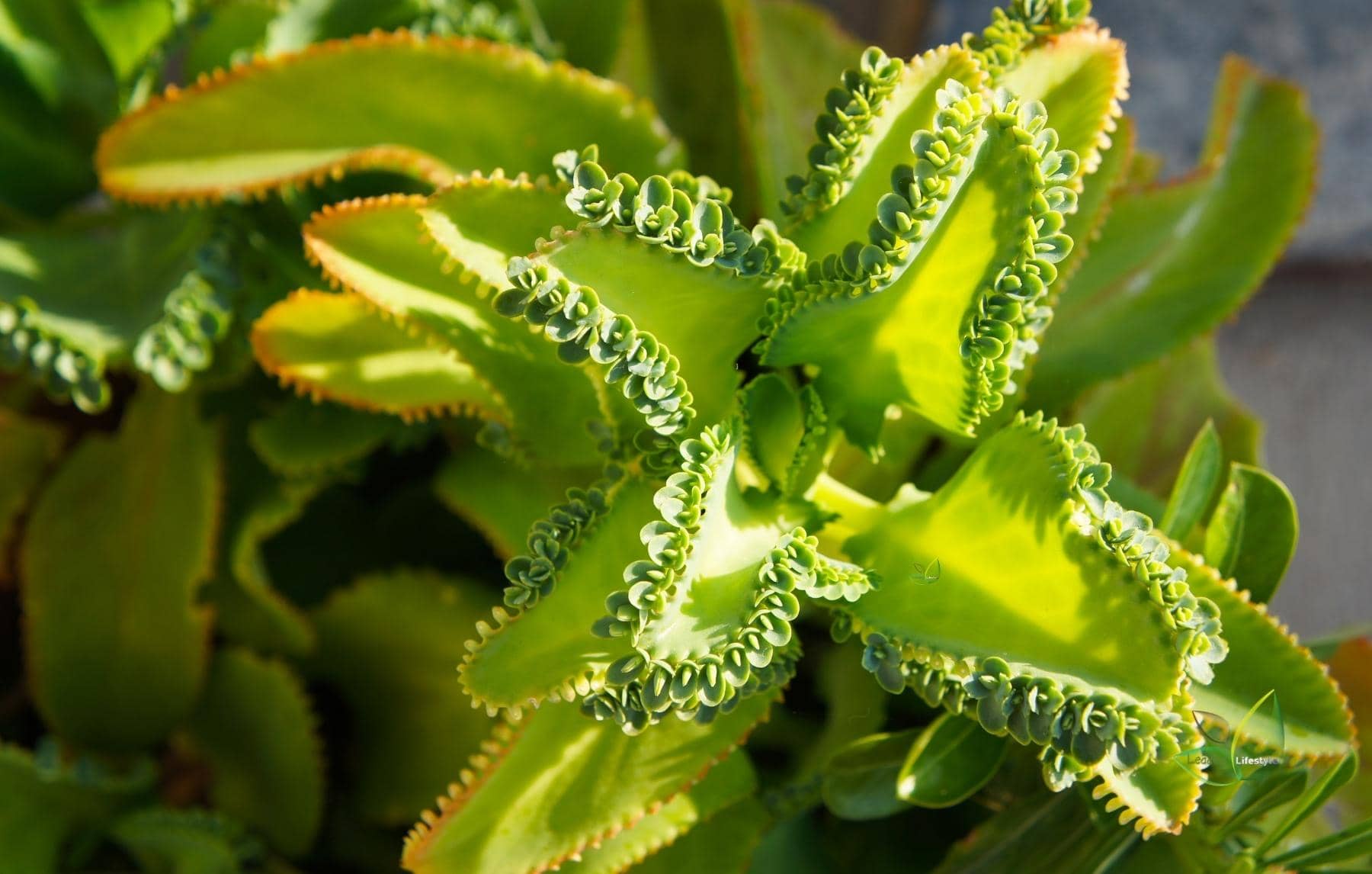
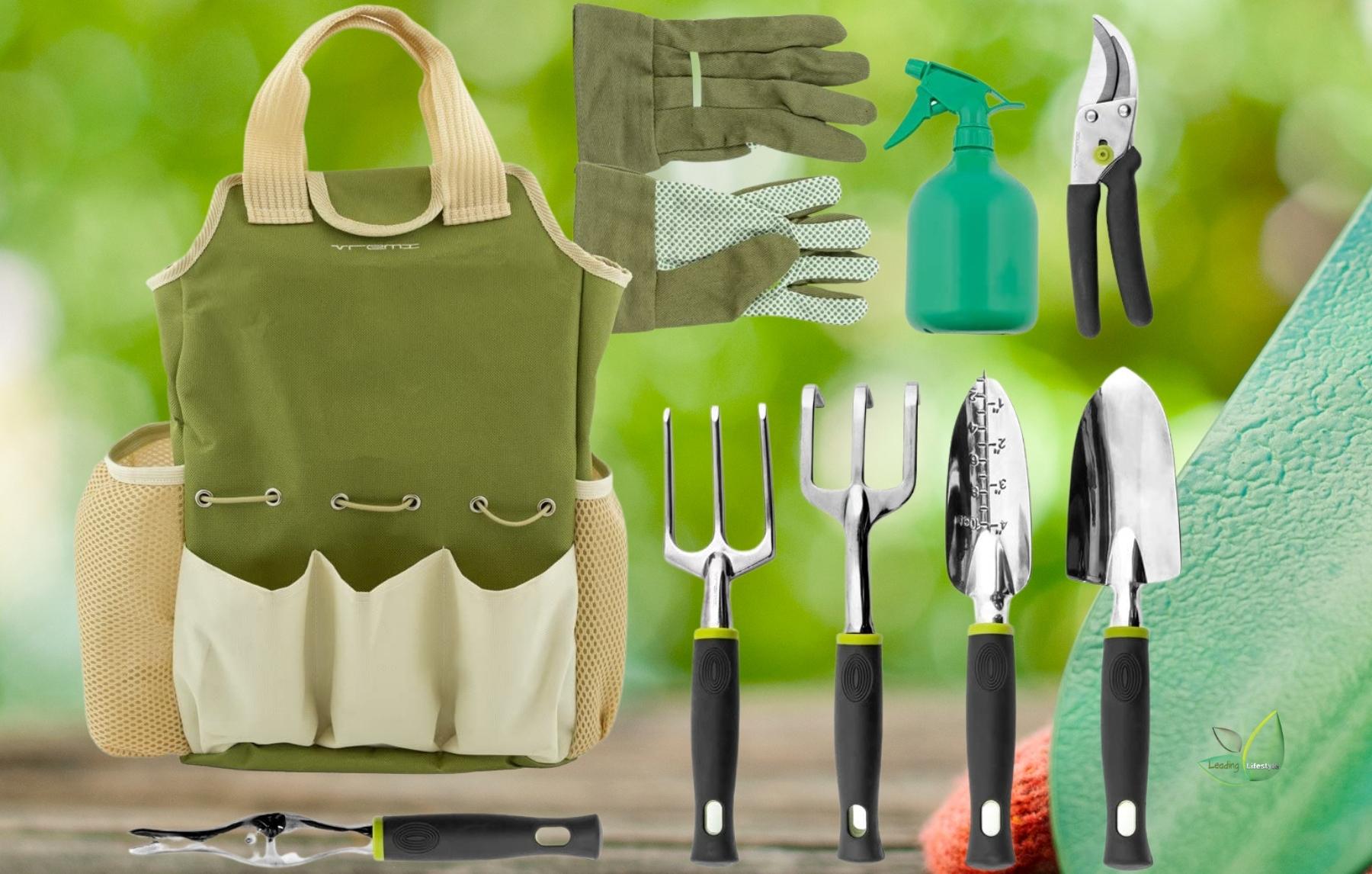
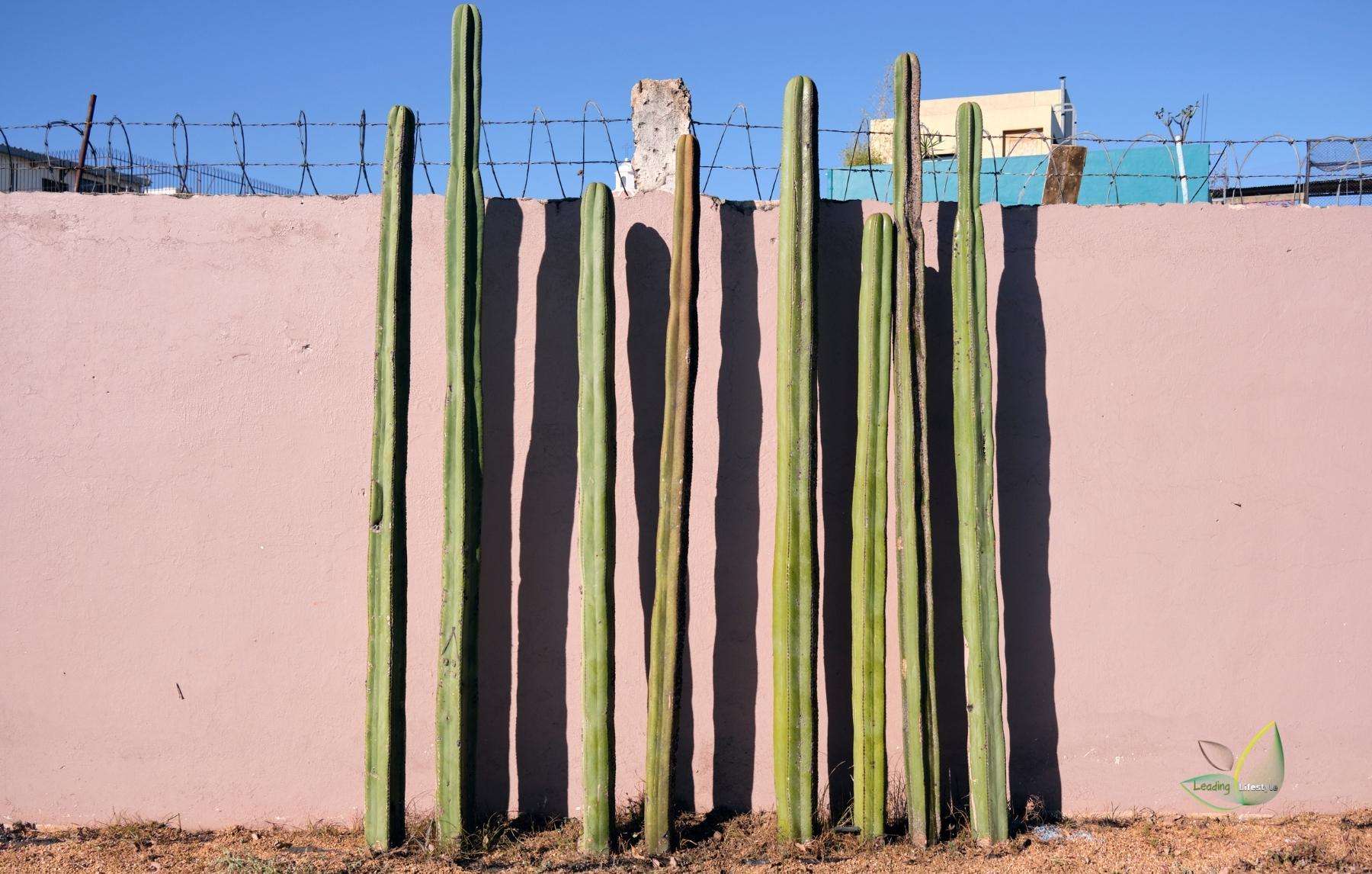
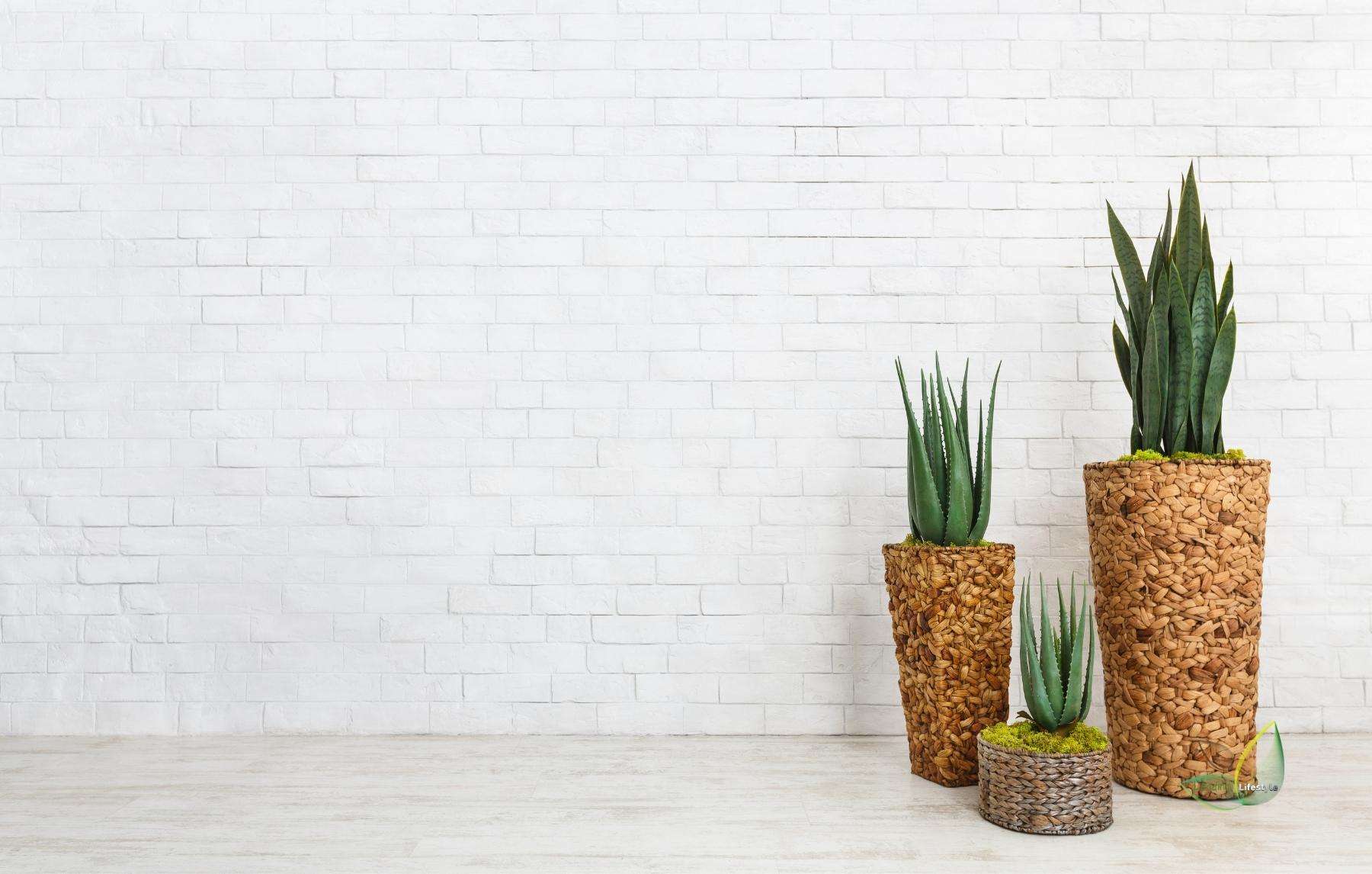
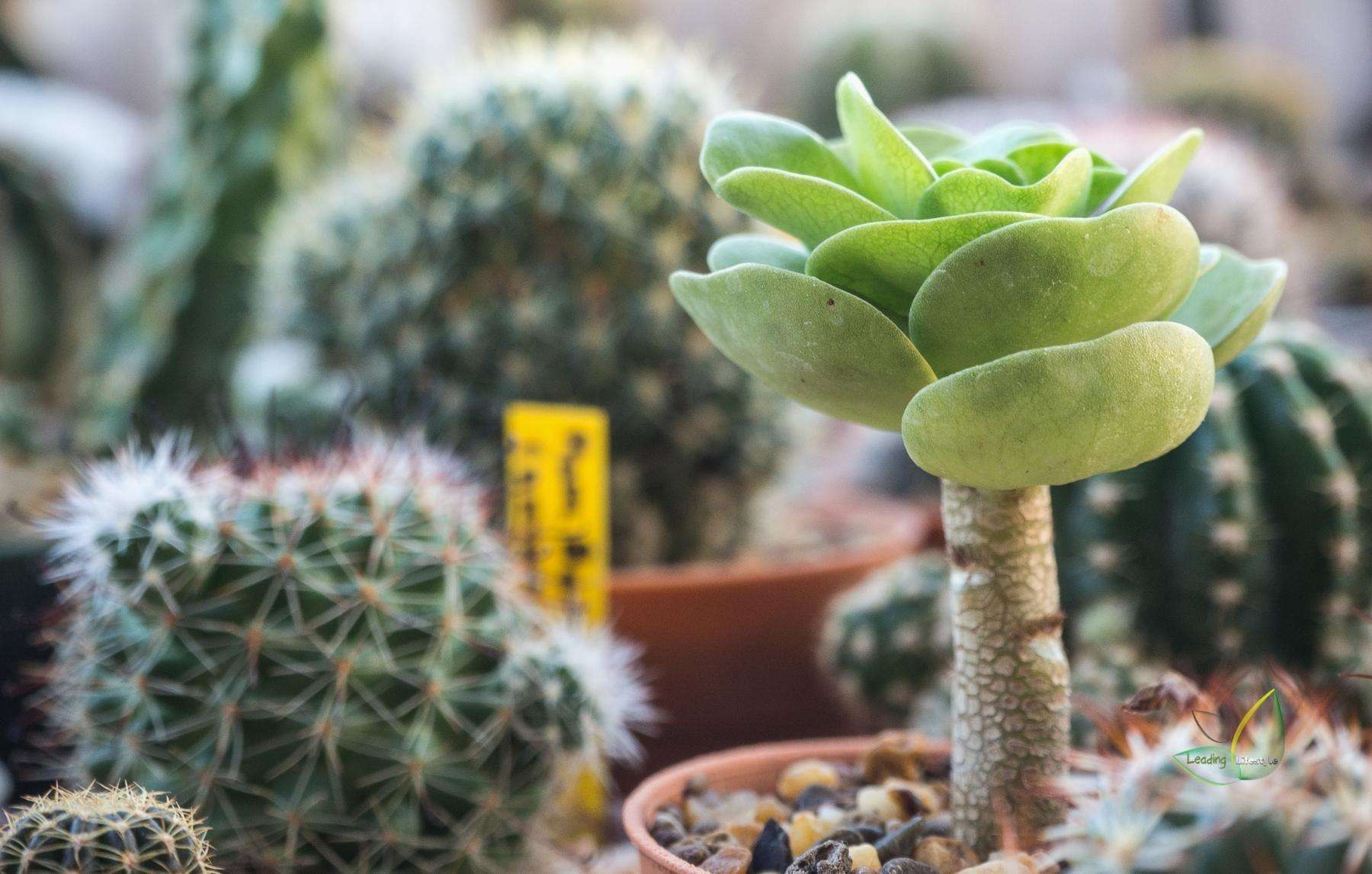



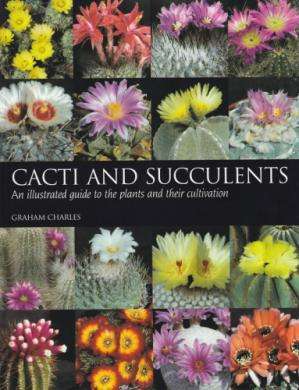
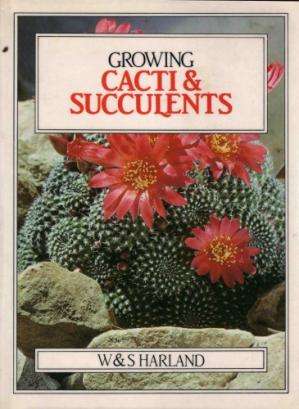
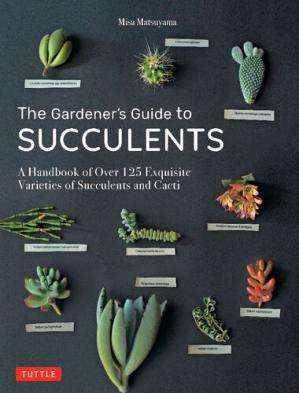
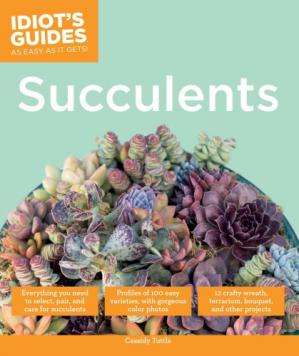
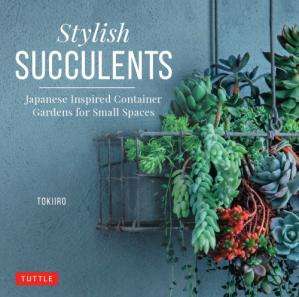
5 Responses
Aw, this was an extremely nice post. Taking the time and actual effort to create a great article… but what can I say… I procrastinate a lot and never
manage to get nearly anything done.
Hi there I am so thrilled I found your blog, I really found you by error, while I was looking on Yahoo for something else, Regardless I am
here now and would just like to say thank you for a remarkable
post and a all round exciting blog (I also love the theme/design),
I don’t have time to read it all at the minute but I have book-marked it and also added your RSS feeds, so when I have time I will be
back to read more, Please do keep up the fantastic job.
Hi! This is my first comment here so I just wanted to give a quick shout out and say
I really enjoy reading your posts. Can you recommend any other blogs/websites/forums that go over the same topics?
Thanks a ton!
Heya i’m for the first time here. I found this board and I find It truly useful & it
helped me out a lot. I hope to give something back and
aid others like you aided me.
These are truly great ideas in on the topic of blogging.
You have touched some nice points here. Any way keep up
wrinting.